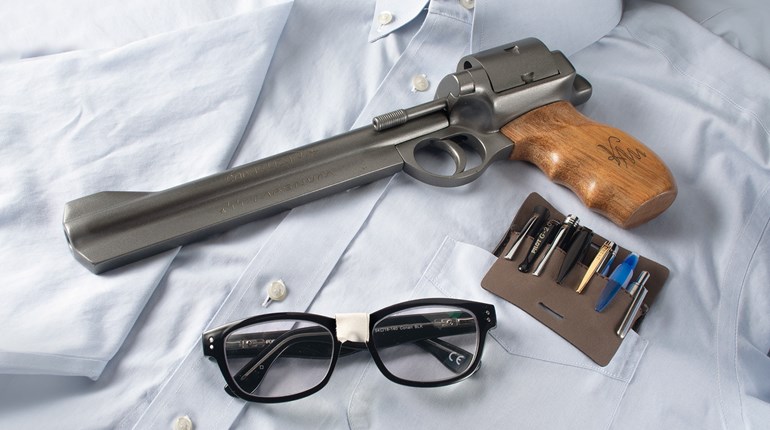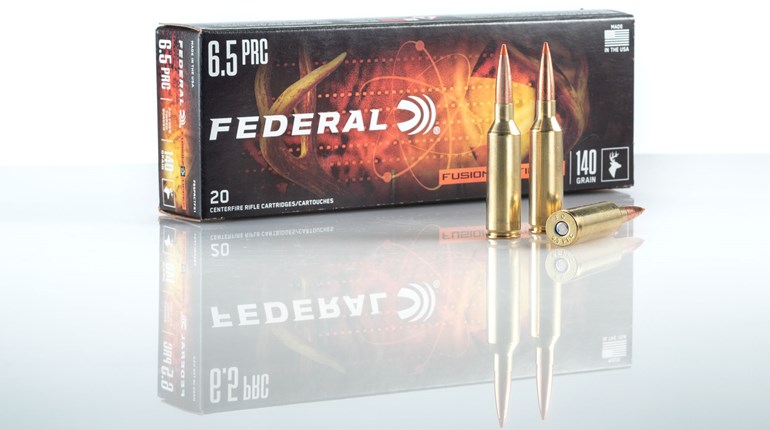
I remember riding the bus home from junior high school with a friend who lived in the country. With nobody home, we snuck out his dad’s junk .22 snub-nose revolver and went to their dump down by the little stream that runs through their property. We spent the afternoon shooting at bottles. It was probably the first permanent damage I did to my hearing by shooting. Fifty-plus years later, I remember how loud that revolver was and how my ears rang for days. They are still ringing.
The next time, we snatched some of his mom’s cigarettes and put the filters in our ears.
My buddies and I spent every moment we could hunting and shooting and never gave a thought to hearing protection. A few years later we were listening to loud rock music and driving loud cars and motorcycles. My hearing paid a price. I suspect many baby boomers can relate.
People think we old hunters and shooters are anti-social … mostly we just can’t hear.
None of the adults I knew back then wore ear protection when shooting. My grandfather owned the only shooting range in our little town; the weekend before deer season opened half the town showed up to check their rifles, but I can’t recall ever seeing any sort of ear protection.
It wasn’t until I suffered a severe ear injury in my early 20s that I bought shooting muffs and started to protect my hearing at the range, but wearing protection while hunting has not always been the case.
A day in a duck blind has left me with ringing ears. I have lost count of how many times some fool has shot close to me without warning. I once made the mistake of shooting a .44 Magnum handgun at a deer without wearing hearing protection. I only had to shoot a rifle with a muzzle brake a few times before deciding to remove brakes from most of my hunting rifles. Even with hearing protection in place, years of competition shooting have taken their toll. Plus, I have suffered several ear infections as a kid and as an adult.
Without shooting, modern living still steals your hearing. Loud music, city noise, concerts, movies, airplanes, lawn mowers, even a vacuum cleaner—they all cause permanent damage. Time is also a factor, as aging steals our hearing as well.
These are just a few examples of how a lifetime of shooting, hunting and life in general may damage hearing. Like many of my generation, I had a lot of fun getting to this point, but knowing what I know now, I would have done it much differently.
How We Hear
Sound is measured in units called decibels. Permanent hearing loss occurs when our ears are exposed to continuous noise above 85 decibels or impulse noise above 140 decibels. The louder the sound, the more damage it creates.
A rock concert can reach 120 decibels. At that level, hearing loss can occur after less than two minutes of exposure. Hearing loss is cumulative. While the loss is small each time we are exposed to noise like shooting a gun or mowing the lawn, it is permanent and each event adds to a cumulative total.
Normal conversation measures approximately 60 decibels; heavy city traffic is about 85 decibels; a lawn mower is 110 decibels; a chainsaw 120; a vacuum cleaner 100. Fireworks are 150-170 decibels. A gunshot might be as loud as 170 decibels. The loudest sound on Earth was likely the Tunguska meteor, a massive explosion that occurred near the Podkamennaya Tunguska River in what is now Krasnoyarsk Krai, in Russia, at 7:40 a.m. on June 30, 1908. It was greater than 300 decibels. That’s loud enough to make your head explode. Even if you are wearing earplugs.
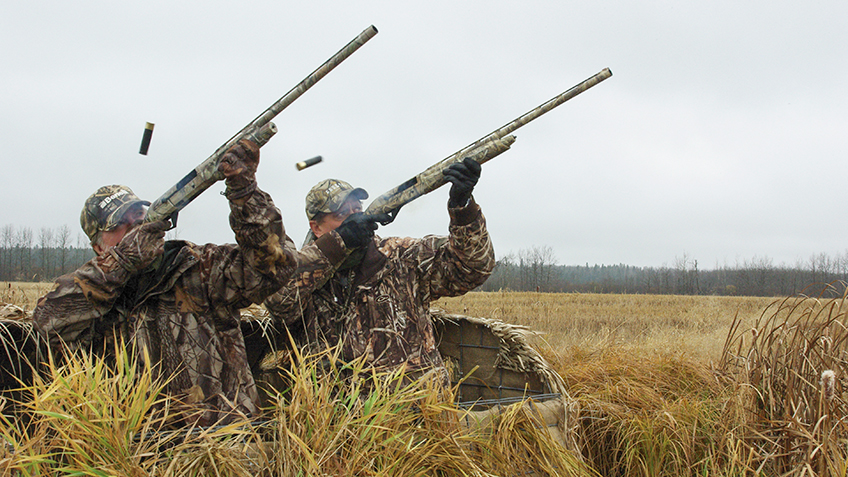
Hearing works in humans because of a series of events that changes soundwaves in the air into electrical signals, which the auditory nerve then carries to the brain.
Soundwaves enter the outer ear and travel through the ear canal, which leads to the eardrum. The eardrum vibrates from the soundwaves and sends these vibrations to three tiny bones in the middle ear called the malleus, incus and stapes. The bones amplify the sound vibrations and send them to the inner ear, called the cochlea. The cochlea is shaped like a snail and is filled with fluid. An elastic membrane called the basilar membrane runs through the cochlea. The sound vibrations cause the fluid inside the cochlea to ripple, and a traveling wave forms along the basilar membrane. There are hair cells, which are sensory cells, on top of the membrane. They move with the waves. As the hair cells move up and down, their bristly structures bump against an overlying membrane and tilt to one side. This tilting action causes channels on the surface of the bristles to open, allowing specific chemicals to enter, creating an electrical signal. The auditory nerve carries this electrical signal to the brain, which translates it into a “sound.” It’s pretty amazing stuff and I think it must have been one heck of an engineer who figured out how to build the system.
The hair cells near the base of the cochlea detect higher-pitched sounds, while those nearer the apex or center detect lower-pitched sounds. Exposure to loud sounds causes damage to those hair cells as well as to the auditory nerve. The hair cells at the base are closer to the source of the noise and more susceptible to damage, so the result from noise-induced damage is a hearing loss in the higher frequencies. That’s why our hearing test charts often start out fine, but drop off as the frequency grows higher. This type of hearing loss may be accompanied by tinnitus, a ringing, buzzing or roaring in the ears or head. (I am listening to it as I type these words.)
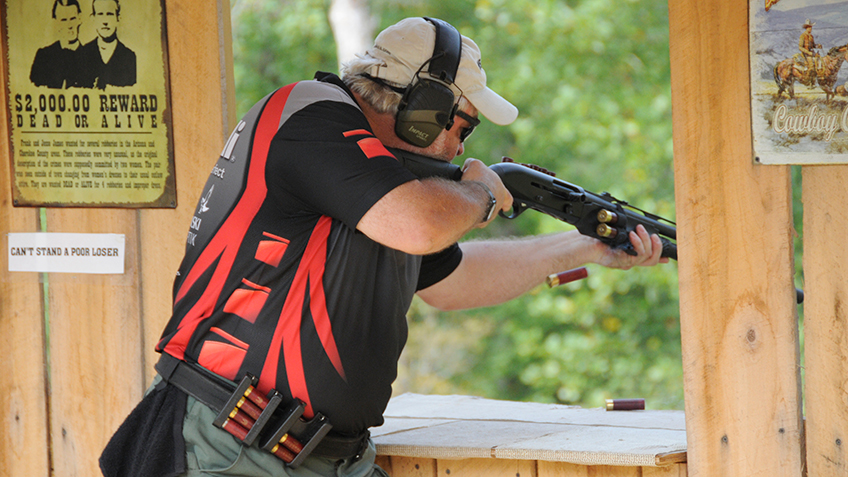
You should use some sort of protection to attenuate the noise level when you shoot. For hunting, high-quality electronic muffs seem to work best. You can wear them over your hearing aids so you can still hear ambient sounds, but they block loud sound impulses to protect against damage. Take a second to put them on before you shoot that buck or duck. You will be glad you did.
High-frequency hearing loss causes trouble hearing consonant sounds and, as a result, speech sounds become distorted or muffled and difficult to understand. That’s why we shooters and hunters love to shout, “WHAT?”
It’s also why we crank the television so loudly and hate the movie theater. It’s why other people mumble so much and it’s why we don’t like parties, shopping malls or busy restaurants. Any background noise makes speech more difficult to understand. People think we old hunters and shooters are anti-social and grumpy, and I suppose some of us are, but mostly we just can’t hear.
The Old Stuff
I remember a kid in my school wearing the first hearing aids I had ever seen. They were big, bulky things, connected by wires to a large box he carried in his shirt pocket. Years later he upgraded to behind-the-ear aids that were still huge, intrusive, ugly and not very effective.
Many older hunters have tried the old analog hearing aids or the inexpensive amplifiers sold to hunters, only to claw them out of their ears in frustration. The devices magnify every sound, not just those we need magnified. As a result they are extremely aggravating to wear. This is why your grandfather always seemed to forget to use his hearing aids. After a bad experience or two, many just gave up and lived with the hearing loss. Being socially deaf was preferable to the anguish of using those amplifiers for long periods of time.
Today that’s all changed. The digital revolution changed everything. In the 1990s, hearing aid technology focused on miniaturization and digitalization and adding directional microphones, which can amplify sound from a specific direction. This is a benefit in noisy situations.
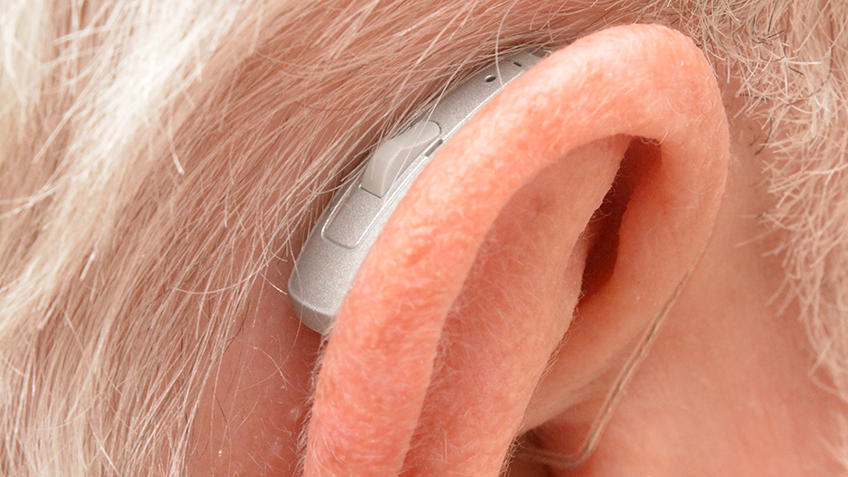
Hearing aids have become smaller and able to do more. It is now possible to adjust hearing aids via a computer interface, and customize them to an individual user. Sound processing is now digital, which delivers better, cleaner sound.
Hearing aids on the market now include digital technology and are vastly advanced. They can be tuned to your exact hearing-loss frequency. The frequency levels that need to be amplified will be and the levels you hear normally will not be amplified.
You will hear sounds you forgot existed. With digital hearing aids, it’s a whole new world. I didn’t hunt turkeys alone for years because I could not hear a distant gobble or pinpoint the direction from which it came. I had never heard the sound of a turkey drumming.
I also had never heard a whitetail buck grunt or do any of the more subtle calls that deer make. In fact, the first time I heard a grunt-snort-wheeze I was so amazed that I got caught up in listening to the challenges and let both of the bucks get away. All these sounds have been returned to me with the use of digital hearing aids.
The New Stuff
Prior to the new millennium, 80 percent of hearing aids sold in North America were the type that fits completely into the ear. However, not everyone can wear them. The small devices plugged the ear and had the same acoustic effect as sticking your fingers in your ears. Any sound coming from inside your body—your own voice, chewing, even breathing—was often unbearably loud.
ReSound was the first hearing aid manufacturer to introduce a new style featuring a very small behind-the-ear electronic component with a thin plastic tube that carried sound to the ear canal. The end of the tube was fit with a small, soft silicone dome that did not block off the ear canal. The result was a comfortable and almost invisible hearing aid. Later the loudspeaker was moved from the housing to the dome in the ear canal. This has become the most popular style of hearing aid, called “receiver-in-the-ear” (RIE) or “receiver-in-the-canal” (RIC) depending on the manufacturer.
My old hearing aids would connect to the television through a device I had to wear like a necklace. The system never worked all that well and soon broke. The cost of a replacement would have purchased a new deer rifle, so I never bothered to get another.
My new ReSound LiNX Quattro hearing aids are an engineering marvel. They connect to my television using Bluetooth and a small box plugged into the television. My wife will now watch television in the same room with me. I can dial up the volume in my hearing aids and bump up the speech clarity. I no longer have to turn up the TV volume to window-rattling levels. In this modern multi-media world, I can watch a shoot-’em-up while listening to the television through the hearing aids while my wife watches some 15th-century drama full of castles and English twits in foolish costumes on her Kindle.
Marital bliss has followed.
I can control the hearing aids through my phone; when I am in a noisy restaurant or at a trade show, I can fine-tune the sound so I may follow the conversation. Conversely, when I am in the woods and everything is quiet, I can adjust them to allow me to hear the approach of a buck as it breaks a twig, or the distant gobble of a turkey. I can hear sounds I forgot existed, such as the wind rustling birch leaves in late winter. True hunters know the importance of such things.
Today, hearing aids are like wearing glasses. Sometimes we just need some help. I can’t see to read books, write on my computer or work on guns without my glasses. I also can’t hear well enough to function in society without my hearing aids. Yet so many people put off getting hearing aids. My advice is, don’t. If you suffer hearing loss, properly adjusted digital hearing aids will change your life.
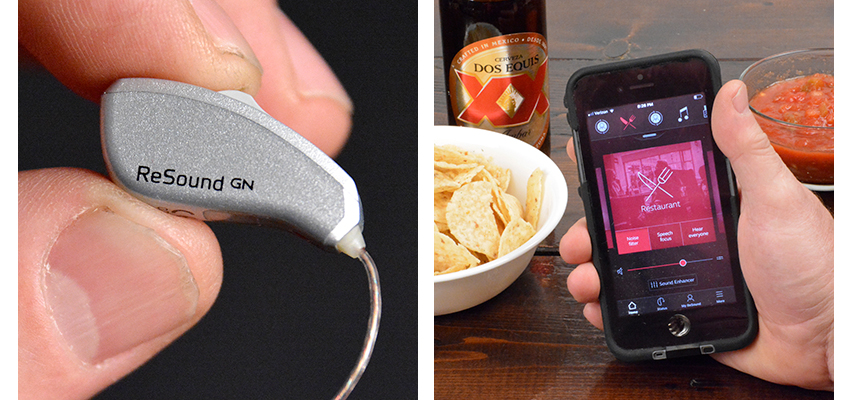
When you begin to wear your new digital hearing aids, you will regret every day you waited to get them. New models are so small most people don’t even notice you are wearing them. Mine are silver and they blend well with my white hair, so they are all but invisible.
Find an audiologist near you. I first contacted mine to make some ear molds for electronic ear-protection devices I won in a shooting match. That day literally changed my life, as my doctor convinced me to try a set of digital hearing aids and my world became so much better.
Currently, I wear a pair of ReSound LiNX Quattros. They are the cutting edge of digital technology. I can control them with a push of a button to adjust to any situation, and fine-tune them through my iPhone. I can even use the app to contact my doctor, who can adjust them remotely. In theory he can adjust my hearing aids from anyplace in the world with a cell signal. This is amazing technology. For more information, visit resound.com/en-us.
Advantage: Hunter
If you can hear better, you can hunt better. I love rabbit hunting with dogs. Now I can hear the hounds well before the rabbit runs past me. (It’s happened.) When hunting upland birds in thick cover, I can hear the dog’s bell stop when he goes on point. I can also understand my friends when they tell me the dog is on point. This leads to fewer birds getting bored and leaving and a lot less shouting.
There are other, less obvious benefits for me as a hunter.
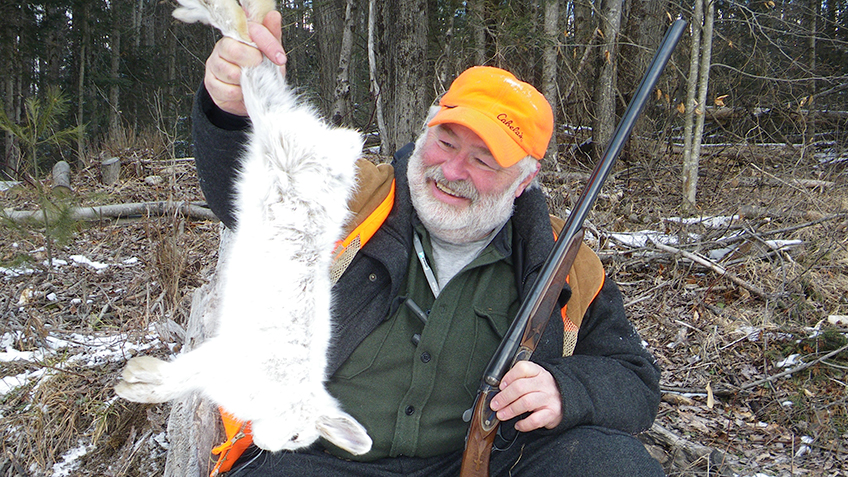
I am not good on deer stands. Usually, the little kid in me emerges quickly. For decades I read books. It was a tradeoff; it kept me in the stand and sitting still, but no doubt some deer got by me. Some years back, I switched to listening to recorded books with Bluetooth electronic muffs. It’s amazing how many more deer I have seen and shot. But the muffs are big, heavy and uncomfortable, and they have horrible battery life. Now, with new ReSound hearing aids I can stream the books from my phone to my hearing aids, and I can still hear ambient sounds, like a deer walking in the leaves. Rather than get bored and leaving the stand, I stay for another chapter and another and another. My eyes are always searching and my ears are listening. With the company of recorded books, I have taken a lot of bucks that I would never have gotten in years past.
I am sure the purists will shout from the rooftops that I am a heretic who relies on technology, but I am just not wired to sit all day doing nothing but wait.
The digital revolution has delivered wondrous things to the world and to hunters, but none more wondrous for a “seasoned” hunter than the ability to hear once again the beautiful music of nature.
■ ■ ■
Author's Note
Many thanks to Jennifer Groth with ReSound for help with the historical information in this article; and many thanks to Dr. Robert W. Hartenstein for immeasurable help in understanding how this all works, and for helping me hear again.












